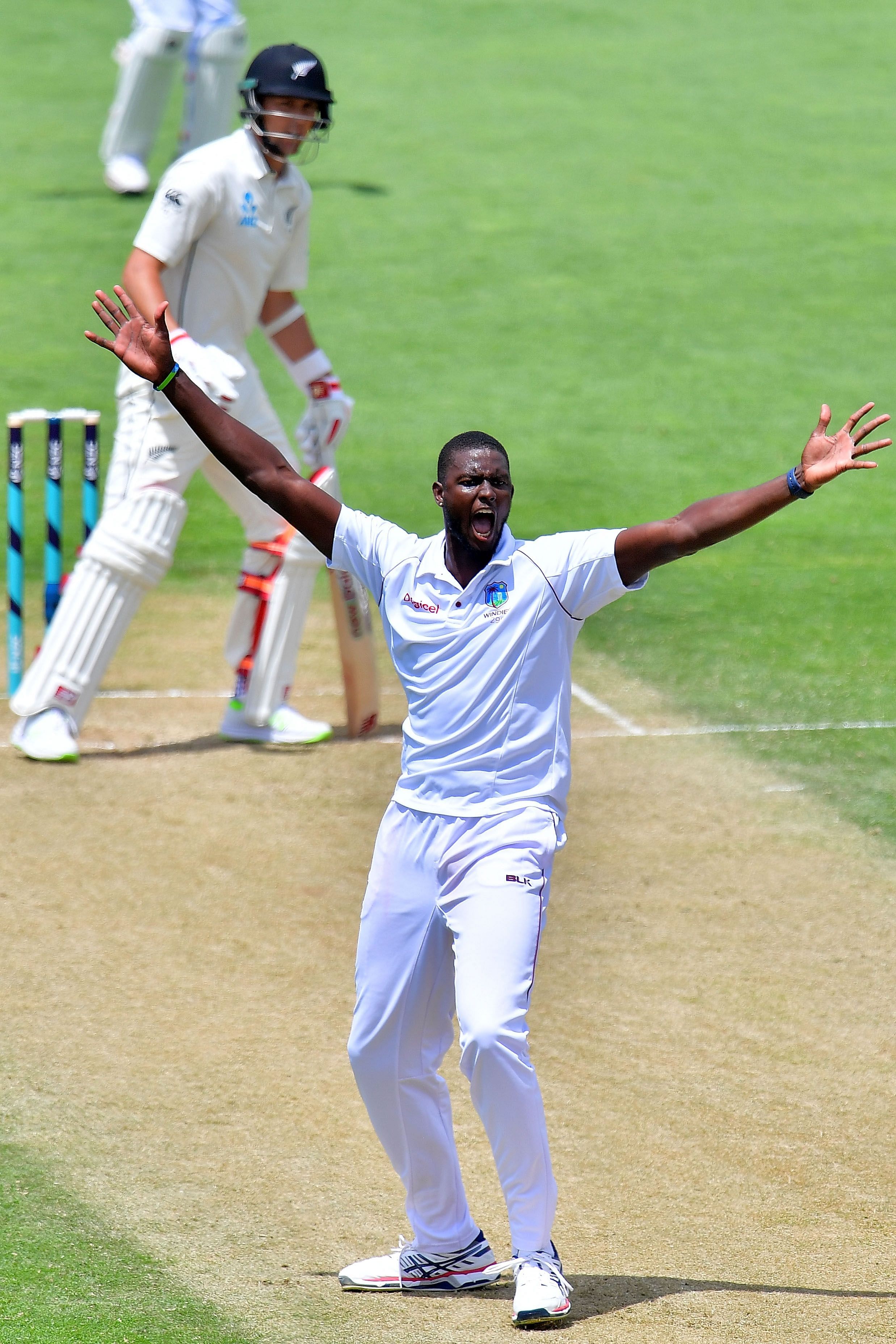
With regular skipper Kane Williamson out with injury, fast bowler Tim Southee is leading the Kiwis in their ongoing T20 series against England. It isn’t the first time Southee has been handed charge in Williamson’s absence. “We are fortunate to have someone experienced like Tim who can comfortably step in and take the reins, as he successfully did on the recent tour of Sri Lanka,” said New Zealand head coach Gary Stead in reaction to Southee’s temporary elevation.
It will be interesting to see if Southee remains the choice to be coin-tosser if a vacancy for the top job were to arise in Tests. Cricket captaincy, Test cricket captaincy in particular, has largely been the preserve of batsmen. The list of 62 men who have captained Test sides on 25 or more occasions comprises 49 batsmen, three wicketkeepers, and 10 bowlers. Since the 10 are Daniel Vettori, Darren Sammy, Gary Sobers (ideally, a separate category), Imran Khan, Jason Holder, Kapil Dev, Ray Illingworth, Richie Benaud, Shaun Pollock, and Wasim Akram, it is safe to say batting intelligence counts even when bowlers are picked to lead sides. Of course, it doesn’t work both ways. One core skill is generally enough for batsmen to be anointed.
The case against bowler-captains has rested on two grounds. One: That such captains struggle to optimise their own workload, tending, in the words of Mike Brearley, former England batsman and captain and among the game’s great thinkers, “either to over-bowl themselves or not to bowl enough from conceit, modesty or indeed self-protection”. Don Bradman argued similarly in his The Art of Cricket, as has Sunil Gavaskar on more than one occasion from the commentary box. An objective pair of eyes in the slip cordon, the batsman-captain’s conventional vantage point, it is said, can ensure more effective marshalling of bowling resources.
Two: That the many and demanding on-field captaincy duties – reading conditions and opponent’s minds, keeping team morale high, field placement, gauging bowlers’ physical and mental state, etc. – can draw the bowlers’ focus away from his core job of plotting the batsman’s downfall. To quote Brearley again: “It takes an exceptional character to know when to bowl, to keep bowling with all his energy screwed up into a ball of aggression, and to be sensitive to the needs of the team, both tactically and psychologically.”
The latter is a confounding argument. One would imagine that a bowler, experiencing the vagaries of the pitch and weather conditions first hand and locked in direct combat with the on-field batsman, is well-placed, or at least as adequately placed as any other team mate, to read the match situation, anticipate its unfolding, and strategise a collective response to it.
In any case, career statistics do not confirm either point. Of the 10 bowler-captains above, the bowling records of only two, Sammy and Illingworth, are distinctly poorer during their stint as captain. The remaining eight either maintained or bettered their bowling averages or strike rates or both. Further, seven of our 10 bowler-captains bowled themselves roughly as often as other captains did. The three instances of over-bowling (no case of serious under-bowling is observable) can be excused as M/s Vettori, Sobers, and Benaud are among the performing eight.
It is harsh then to suggest that bowlers struggle with personal form when called upon to lead sides. Certainly, their struggle is no worse than batsman-captains like Joe Root, Mark Taylor, Michael Vaughan, Rahul Dravid, Sourav Ganguly, and Viv Richards, all of who averaged much better when not burdened with captaincy. Yes, there are batsmen who have soared while leading – among them, Misbah-ul-Haq, Virat Kohli, and, in an earlier era, Bob Simpson, Graham Gooch, and Peter May – but then so did Imran and Holder.
It can be argued that our sample of long-serving bowler-captains, packing as it does bowlers of too high a quality to be fazed by added responsibilities, may not be the most appropriate to judge the impact of captaincy on their primary job. Even if we were to concede this, it still does not take away from the case of captaincy for the more skilled and mentally-strong bowler, indeed cements it.
When it comes to win-loss records among the long-serving captains, it is the batsmen who have the edge with a win-loss ratio of 1.4 against the bowlers’ 1.1 but that is partly on account of the high number of wins notched up by the two of the best Test sides ever, the West Indians under Clive Lloyd and Richards and the Australians under Steve Waugh and Ricky Ponting. The four together have an incredible win-loss ratio of 3.4.
There is little to suggest that bowlers as a breed are less suited to leadership roles. Cricketing ‘tradition’ may well explain the skew. For a long time, till into the 1960s, batting was the preferred vocation of the gentleman, bowling the chore of the working class. The gentleman, easily imagined as (if not actually) erudite, charismatic, and hence commanding on account of his privileged upbringing, emerged the choice for captaincy; the bowler, whether the unthinking, muscular brute capable of unleashing thunderbolts or the sly trundler spinning tricks with his slow ones, could not evoke the same romance, came to be seen as lacking the poise leaders need.
Things have changed – seven of the 10 long-serving bowler-captains served in the post-Packer era – but rather slowly. The hangover has proven difficult to shake off. Ask James Anderson and Pat Cummins both of who more than hinted at captaincy ambitions but ended disappointed.
(Manish Dubey is a policy analyst and writer)
The views expressed above are the author's own. They do not necessarily reflect the views of DH.